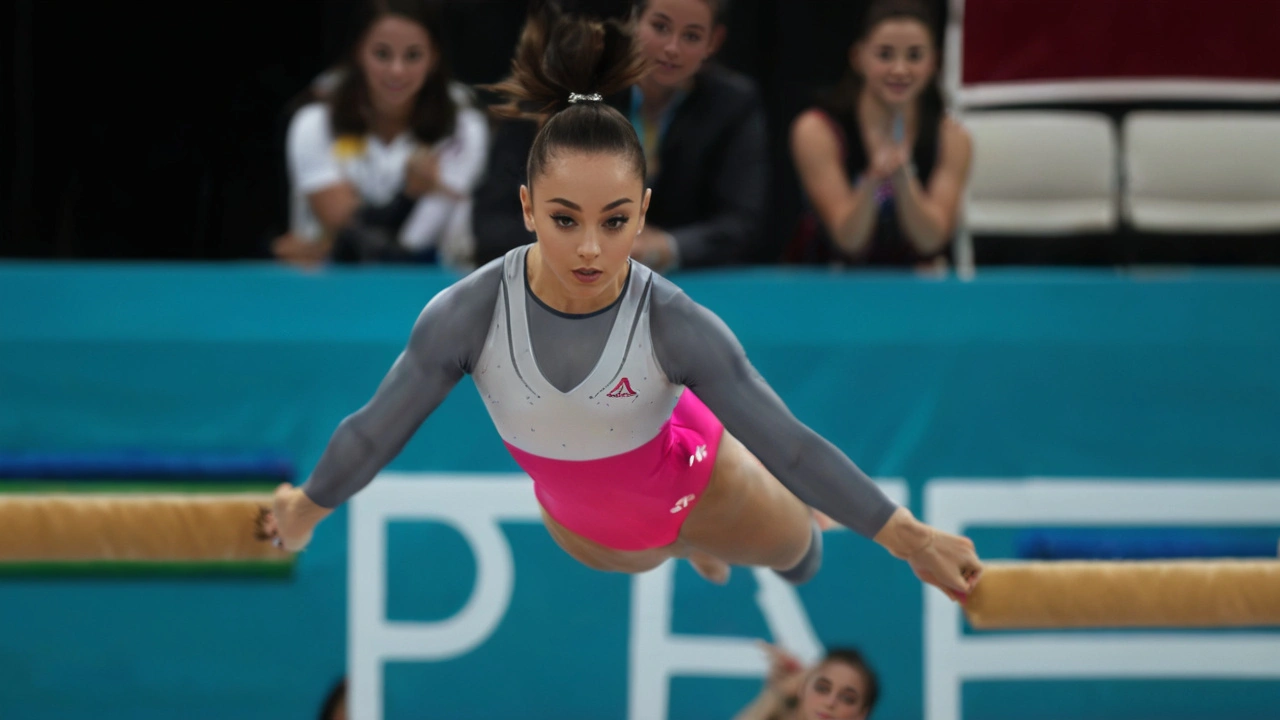Olympic Gymnastics: What You Need to Know
Olympic gymnastics is one of those sports that looks effortless until you try it. Athletes fly, twist, and stick landings after years of training. If you want to understand what happens during team meets, all-around finals, or apparatus battles, this guide breaks it down in plain English.
Events & How Scoring Works
There are three Olympic gymnastics disciplines: artistic, rhythmic, and trampoline. Artistic is the most watched: men compete on six apparatus (floor, pommel horse, rings, vault, parallel bars, horizontal bar); women compete on four (vault, uneven bars, beam, floor). Rhythmic uses ribbon, hoop, ball and clubs and is women-only at the Olympics. Trampoline is about high-flying, controlled flips for both men and women.
Scoring used to be the famous 10.0 system, but now scores combine two parts: Difficulty (D) + Execution (E). Difficulty adds up the planned elements; execution starts from 10 and judges subtract for form breaks, steps, or falls. A big vault with a clean landing can beat a safer vault that’s messy. Penalties for time or attire are rare but can drop a score quickly.
Format: Team, All-Around, Apparatus
At the Olympics you'll see three headline formats. Team finals pit countries against each other, usually with a 3-up-3-count format in finals—three gymnasts perform, all three scores count. The all-around crowns the most complete gymnast across all apparatus. Apparatus finals are specialists' territory: the best eight on a single apparatus fight for medals. Qualifiers filter the field, and often the top two gymnasts per country move to finals, which can be brutal for deep teams.
Top countries change over time, but the usual powerhouses include the USA, China, Russia (or competing Olympic Committee teams), Japan, and Romania historically. Keep an eye on emerging nations; smaller teams sometimes produce standout stars.
Want practical tips for watching? Finals are where judges push difficulty higher and athletes take more risks. Qualifiers are good for spotting technique and who’s consistent. Watch warm-ups too—gymnasts reveal new skills and judges’ reactions can hint at scoring trends.
If you’re new to gymnastics, focus on three things during a routine: the difficulty size (bigger tricks = higher D), body lines and form (tight toes, straight legs), and the landing (stick = huge bonus). A tiny hop can mean the difference between gold and silver.
Follow live results via federation sites (FIG), the Olympic schedule, sports apps, or trusted broadcasters. Social media offers clips and slow-motion replays if you miss a live moment. For kids or beginners, local clubs often stream training sessions that show how skills are built safely.
Want to try gymnastics? Start with basic flexibility and body control—handstands, rolls, and basic conditioning. Join a qualified club; coaches protect you from risky progressions. Most elite gymnasts started young, but adults can improve balance, strength, and confidence with patient practice.
Olympic gymnastics is exciting because it mixes artistry, raw power, and split-second precision. Once you know the events and what judges reward, every routine becomes way more fun to watch.



